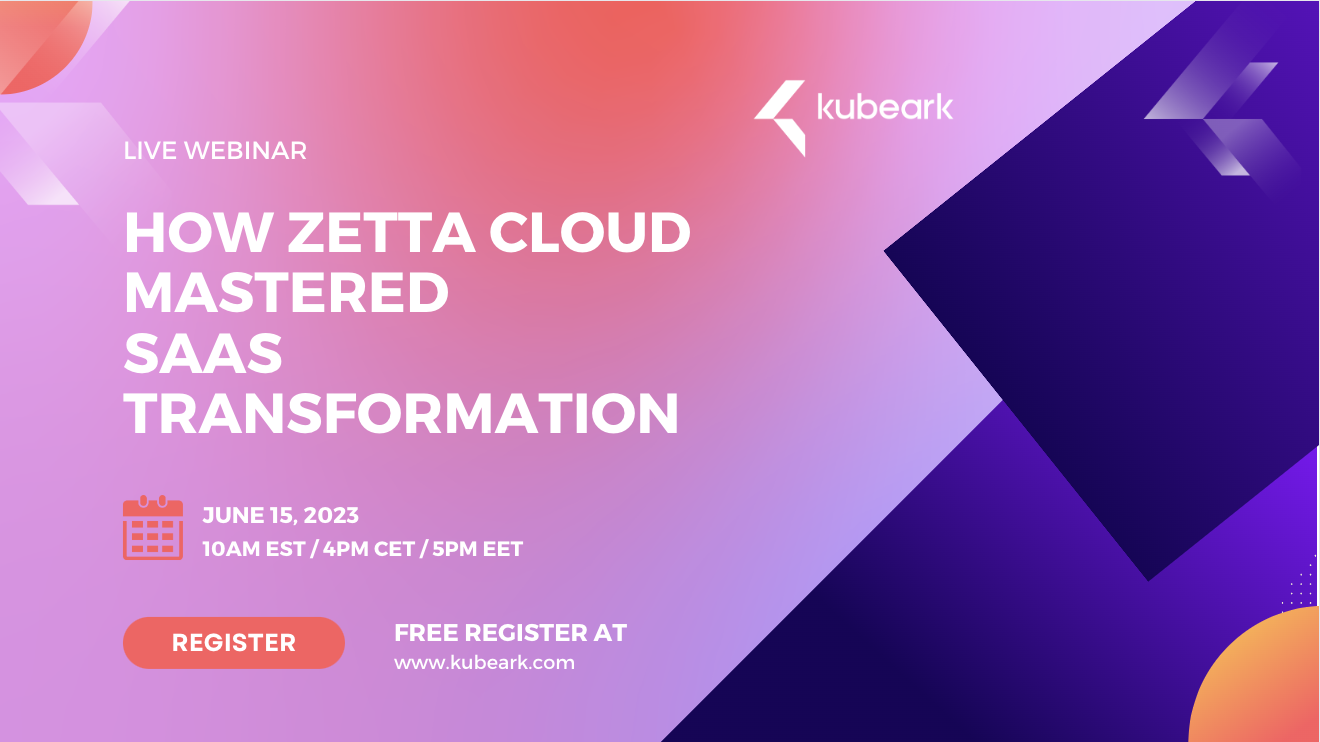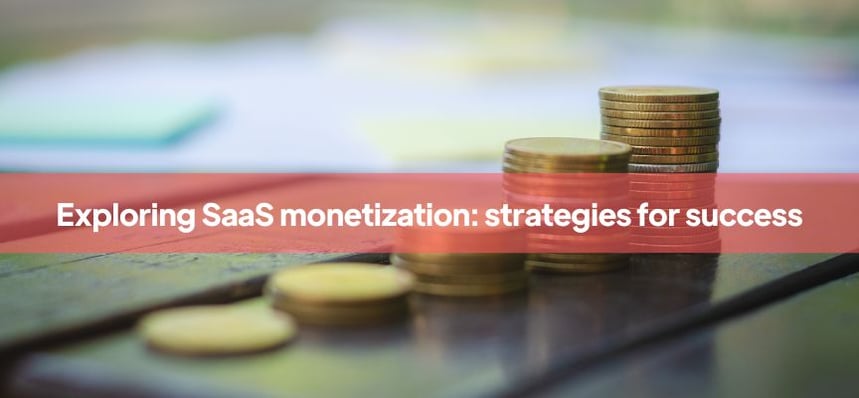The Software as a Service (SaaS) industry has revolutionized the way businesses operate, offering a plethora of benefits such as scalability, accessibility, and cost-effectiveness. However, one of the most significant challenges that SaaS companies face is determining the most effective monetization and pricing models. The right pricing strategy can be the difference between a thriving business and one that struggles to retain customers and maintain profitability.
Saas pricing structures
There are several SaaS pricing models that companies can adopt, each with its unique advantages and challenges. The most common include freemium, subscription-based, usage-based, and tiered pricing.
- Freemium models offer basic services for free while charging for premium features. This model can attract a large user base, but the challenge lies in converting free users to paid ones. Dropbox is a prime example of a company that has successfully used the freemium model, enticing users with free storage space and then offering additional features at a cost.
- Subscription-based models charge users a recurring fee, usually monthly or annually, for access to the service. This model provides predictable revenue but requires continuous value delivery to prevent customer churn. Adobe's shift from selling packaged software to a subscription model for its Creative Cloud suite is a notable example of successful subscription-based pricing.
- Usage-based models, also known as pay-as-you-go, charge customers based on their usage of the service. This model can be attractive to customers due to its fairness, but it can make revenue forecasting challenging. AWS, with its pay-for-what-you-use pricing, exemplifies this model.
- Tiered pricing models offer different packages with varying features at different price points. This model caters to a wide range of customers but can be complex to manage. Slack employs a tiered pricing model, offering a range of plans from free to enterprise-level, each with different features.
The importance of strategic pricing
Strategic pricing is crucial in the SaaS industry. According to some studies, pricing is the single most influential lever for improving profitability, with a 1% improvement in pricing resulting in an average 11% increase in profits. Furthermore, a report by McKinsey highlights that up to 40% of SaaS companies have a dedicated pricing team, emphasizing the importance of pricing in the business strategy.
However, determining the right price is not a one-size-fits-all approach. Some analysts suggest that SaaS companies should consider factors such as the value delivered to customers, competitive landscape, and cost structure in their pricing strategy. Moreover, Forrester recommends regular price reviews and adjustments in response to market changes and customer feedback.
Case studies
Several companies have navigated the challenges of SaaS pricing and emerged successful. Salesforce, for instance, initially faced criticism for its high pricing but managed to justify its value proposition by demonstrating the comprehensive capabilities of its CRM software. On the other hand, Zoom adopted a competitive pricing strategy during the COVID-19 pandemic, offering robust video conferencing services at a lower price than many competitors, which contributed to its explosive growth.
Kubeark's pricing model
Addressing the challenges of SaaS monetization and pricing models is a complex but crucial aspect of running a successful SaaS business. Companies need to explore different pricing structures, align their pricing with the value delivered, and be responsive to market changes and customer needs.
Kubeark’s platform offers dynamic deployment, efficient multi-cluster management, configurable app blueprints, zero-downtime updates, and adaptive maintenance. It also provides real-time usage and cost optimization insights, integrated in BI tools for data-driven decision-making and resource management.

Join our webinar
For more insights into the role of adaptive maintenance in SaaS, register to our live webinar directly on this page. It wil provide valuable insights into the world of SaaS, its transformative potential, and how you can leverage it for your business. Don't miss this opportunity to learn from industry experts and gain a competitive edge. We look forward to seeing you there!

